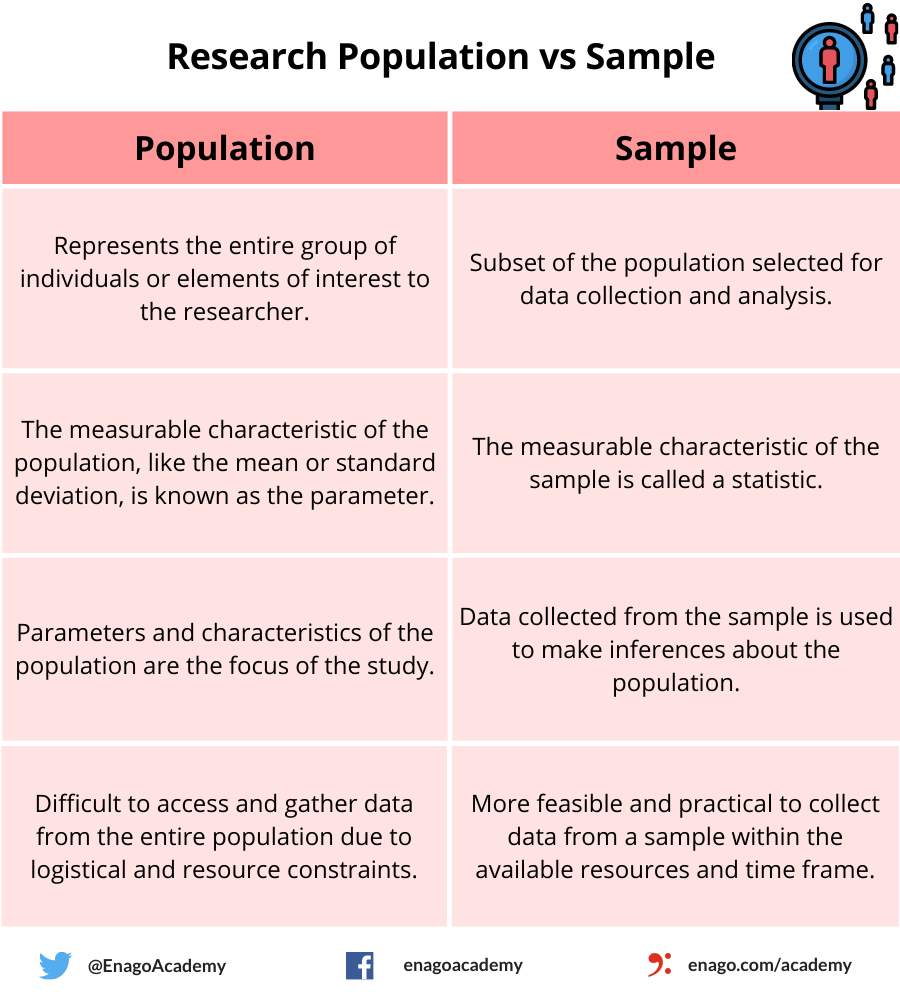Correctly structuring liabilities, similar to negotiating longer payment terms with suppliers or refinancing short-term debt into long-term debt, can also positively influence the current ratio. While a high present ratio is mostly constructive, it could generally point out inefficiency in asset utilization. On the opposite hand, a low ratio would possibly recommend financial misery or aggressive development strategies that rely heavily on debt financing. Bankrate.com is an impartial, advertising-supported publisher https://www.simple-accounting.org/ and comparability service. We are compensated in trade for placement of sponsored products and services, or by you clicking on certain hyperlinks posted on our web site. While we attempt to supply a wide range of offers, Bankrate does not include information about each financial or credit product or service.
Services

Raw supplies, work-in-progress, and finished items stock all contribute to working capital necessities but may not present instant liquidity. These companies typically need higher current ratios to offset their reliance on stock. The fast ratio (or the acid take a look at ratio) is extra conservative than the current ratio in that the amount in inventories, supplies, and prepaid bills is not included. These current assets are excluded because it is assumed that they received’t be turning to cash quickly. A fast ratio below 1 indicates that an organization could have insufficient liquid assets to cowl its short-term liabilities with out relying on stock or exterior financing.
The quick and current ratios fall beneath the class of monetary ratios referred to as “liquidity ratios.” A company may keep high liquidity ratios by holding excess cash or extremely liquid property, which could presumably be more successfully deployed elsewhere to generate returns for shareholders. In addition, a company could have an excellent liquidity ratio but be unprofitable and lose cash annually.
That is, modifications in the present ratio over time can usually supply a clearer image of a company’s funds. Supply chain disruptions since 2020 have forced many firms to rethink their stock strategies. Building security stock increases the present ratio but reduces the acid check ratio and ties up working capital.

Present Ratio In Contrast With Working Capital And Cash Flow

A thorough interpretation must contemplate business norms, business cycles, and company-specific elements. Retail businesses sometimes preserve greater stock ranges and lower acid check ratios than know-how corporations. Seasonal companies might present significantly completely different ratios throughout the year.

A current ratio of 2.0 means that the company could repay its present liabilities twice with its current property. The difference between the present ratio and quick ratio lies in what liquid property are included in every ratio’s calculation and how each ratio is interpreted. Consequently, the extra dependable measure of short-term liquidity is the quick ratio. Though both companies appear comparable, Firm B is most likely going in a extra liquid and solvent position.
Nonetheless, for service-based companies or these with minimal inventory, the Quick Ratio can provide a more accurate measure of liquidity. In many instances, a company with a present ratio of less than 1.00 wouldn’t have the capital on hand to fulfill its short-term monetary obligations should all of them come due directly. Modern financial evaluation requires trying beyond basic ratio calculations to know true liquidity positions. Superior methods incorporate qualitative components and additional metrics to supply a extra comprehensive evaluation. The Acid Test Ratio is a extra stringent measure of an organization’s short-term liquidity compared to the Present Ratio.
- You need to remedy a short-term cash shortfall, protect your current assets, scale back your current liabilities, and set your self up for stronger money move sooner or later.
- This ideal vary indicates that the particular firm has enough assets to cover its short-term obligations.
- Pick the fast ratio when lenders need proof of instant coverage without counting on gross sales.
- Overall, Solvents, Co. is in a probably dangerous liquidity situation, nevertheless it has a comfortable debt place.
In distinction, liquidity ratios give attention to a company’s capability to meet its short-term monetary obligations promptly. Conversely, the quick ratio provides a more conservative measure by excluding stock. Thus, the fast ratio is especially valuable when evaluating instant liquidity or evaluating companies with slow-moving inventory. Choose the present ratio over the fast if you need a more common appraisal of liquidity, together with inventory. It takes a deeper have a look at a company’s capability to cowl short-run monetary obligations.
📊 Master Excel & Finance Skillsjoin 100k+ Learners⚡up To 80% Off!instructor: Dheeraj Vaidya, Cfa, Frm
Whereas it has limitations, there’s a lot to like about its simplicity and reliability. One Other normal and helpful ratio calculation is the Current Ratio, a less complicated version of the fast ratio. The quick ratio additionally tells the finance division if they should acquire additional financing. See how AI-powered collaboration helps finance groups align quicker and drive readability, ownership, and motion throughout the enterprise. We can draw a number of conclusions concerning the monetary condition of these two firms from these ratios. Days gross sales excellent (DSO) refers back to the common number of days it takes a company to gather cost after it makes a sale.
This ratio is essential for sustaining operational stability and gaining the arrogance of investors and collectors. Use the short ratio when inventory or slow-moving stock may overstate true short-term solvency, or when assessing crisis readiness and short-term creditor protection. Collect totals for current property and present liabilities from the steadiness sheet. Affirm line items match prior intervals and reflect solely gadgets due within 12 months. Present assets normally include cash, short-term investments, pay as you go bills, accounts receivable, and stock.
